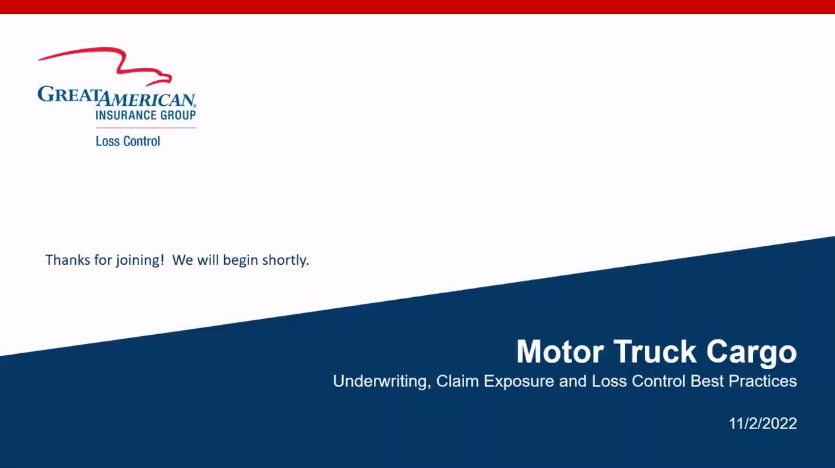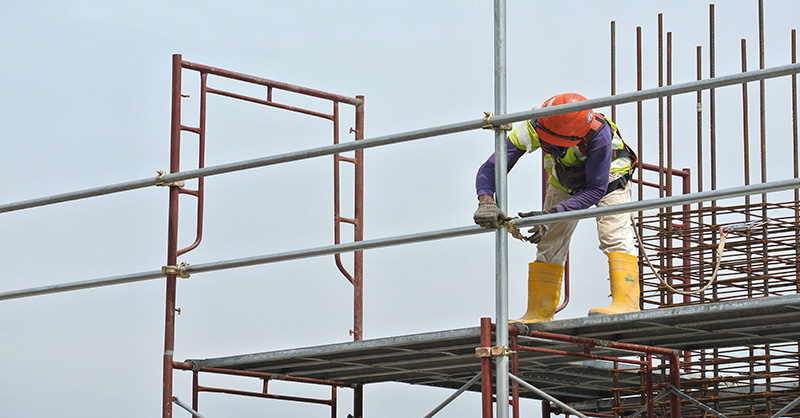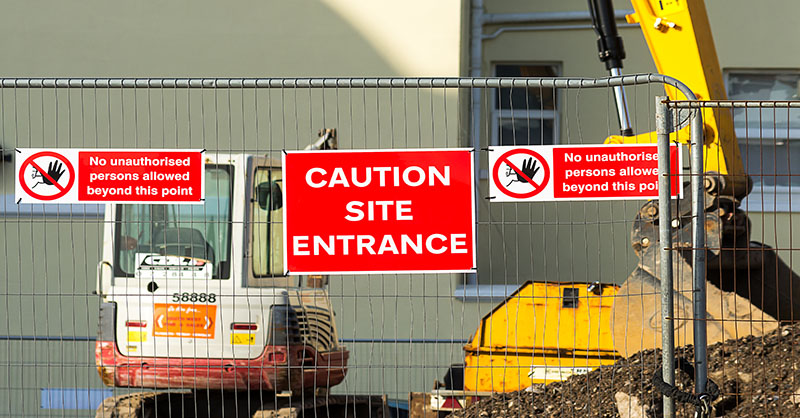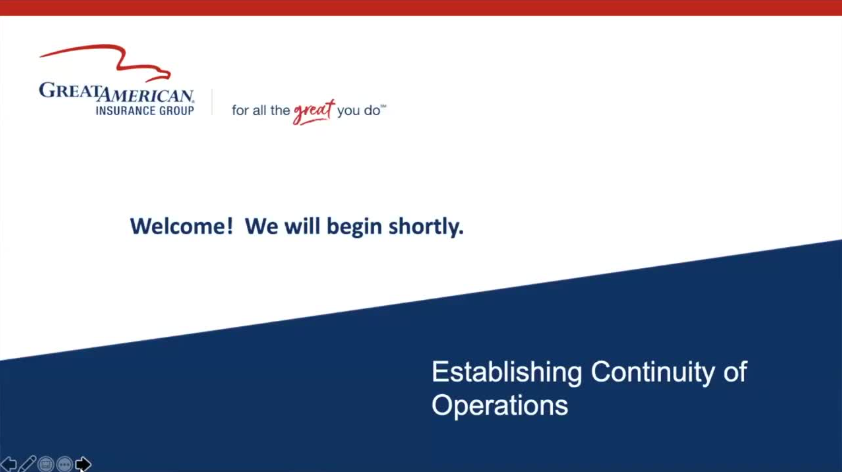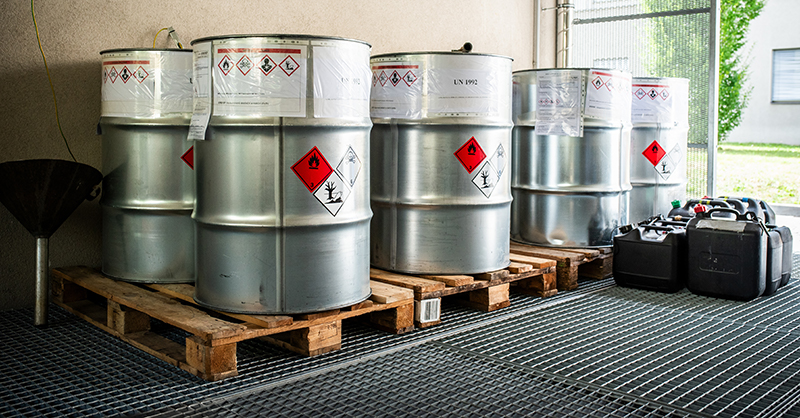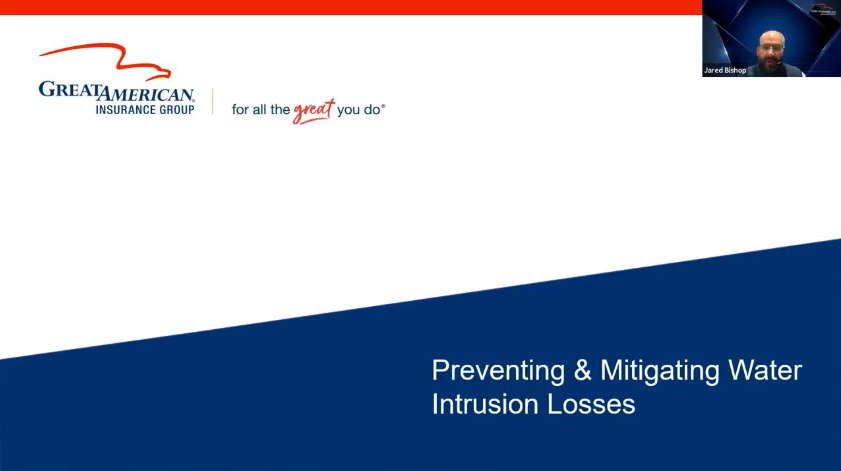Developing and Implementing a Respiratory Protection Program [Checklist Included]
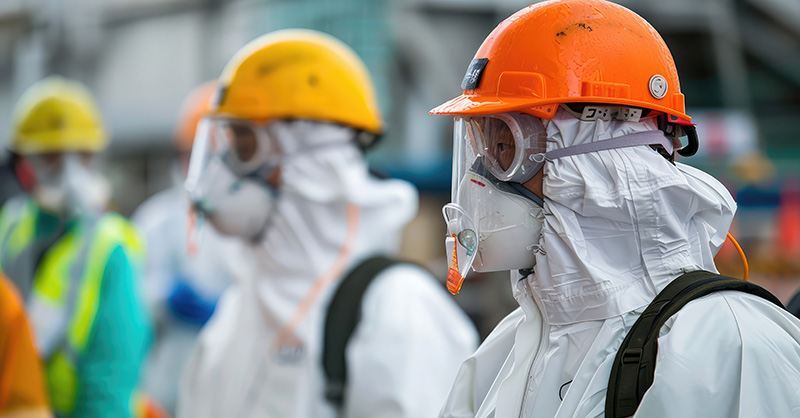
Airborne contaminants such as dust, fumes, gases and vapors are common respiratory hazards arising from processes like manufacturing, construction, and chemical handling. Exposure to these substances can lead to respiratory issues, ranging from mild irritation to severe conditions like lung damage and respiratory diseases.
To help ensure a safe work environment, controlling exposure to contaminants is crucial. This not only helps maintain employee health but also reduces absenteeism and boosts productivity. One effective way to achieve this is by developing and implementing a Respiratory Protection Program (RPP). An RPP outlines procedures for selecting, using and maintaining respiratory protective equipment, such as masks and respirators.
An RPP may also be necessary for regulatory compliance. The Occupational Safety and Health Administration (OSHA) requires workplaces using respirators to establish an RPP and mandates specific requirements for such programs.
Below are steps to help you develop and implement an effective RPP, along with a checklist to help ensure all critical elements are covered.
How to Create an Effective Respiratory Protection Program
An effective respiratory protection program must cover the following factors:
- Program Administration
- Assign a Program Administrator: Appoint a qualified individual responsible for overseeing the RPP.
- Develop Written Procedures: Create detailed, written procedures tailored to your specific workplace.
- Hazard Assessment
- Identify Respiratory Hazards: Conduct a thorough assessment to identify potential respiratory hazards in the workplace.
- Evaluate Exposure Levels: Measure the levels of exposure to determine the necessity of respiratory protection.
- Respirator Selection
- Choose Appropriate Respirators: Select respirators based on the type and level of hazards found. Verify respirators are NIOSH-approved. Utilize NPPTL Fact Sheets to help promote proper personal protective equipment for your environment.
- Consider Fit and Comfort: Ensure the selected respirators fit well and are comfortable for employees to wear.
- Medical Evaluations
- Conduct Medical Evaluations: Provide medical evaluations to determine employees’ ability to use respirators safely. The OSHA Respirator Medical Questionnaire can be used as a tool to identify medical conditions that could put a worker at risk if they use a respirator.
- Maintain Confidentiality: Ensure medical information is kept confidential and used solely for the purpose of determining fitness for respirator use.
- Fit Testing
- Perform Fit Tests: Conduct fit tests to help ensure each respirator fits the user properly. This includes both qualitative and quantitative fit testing.
- Document Results: Keep records of fit test results for each employee.
- Training and Education
- Provide Training: Educate employees on the proper use, maintenance and limitations of respirators.
- Conduct Regular Refresher Training: Offer periodic training to reinforce proper practices and update employees on any changes.
- Respirator Use
- Ensure Proper Use: Monitor and enforce the correct use of respirators in the workplace.
- Address Issues Promptly: Resolve any issues related to respirator use immediately to maintain safety.
- Maintenance and Care
- Establish Maintenance Procedures: Develop procedures for the cleaning, maintenance and storage of respirators.
- Inspect Regularly: Conduct regular inspections to help ensure respirators are in good working condition.
- Program Evaluation
- Evaluate Program Effectiveness: Regularly review and evaluate the RPP to help ensure it remains effective and compliant with regulations.
- Update as Needed: Make necessary updates to the program based on evaluation results and changes in workplace conditions.
Download Our Checklist for Developing and Implementing a RPP
By following the steps outlined in our RPP checklist, employers can help ensure they are taking the necessary steps to develop and implement an effective Respiratory Protection Program.
Download Checklist



